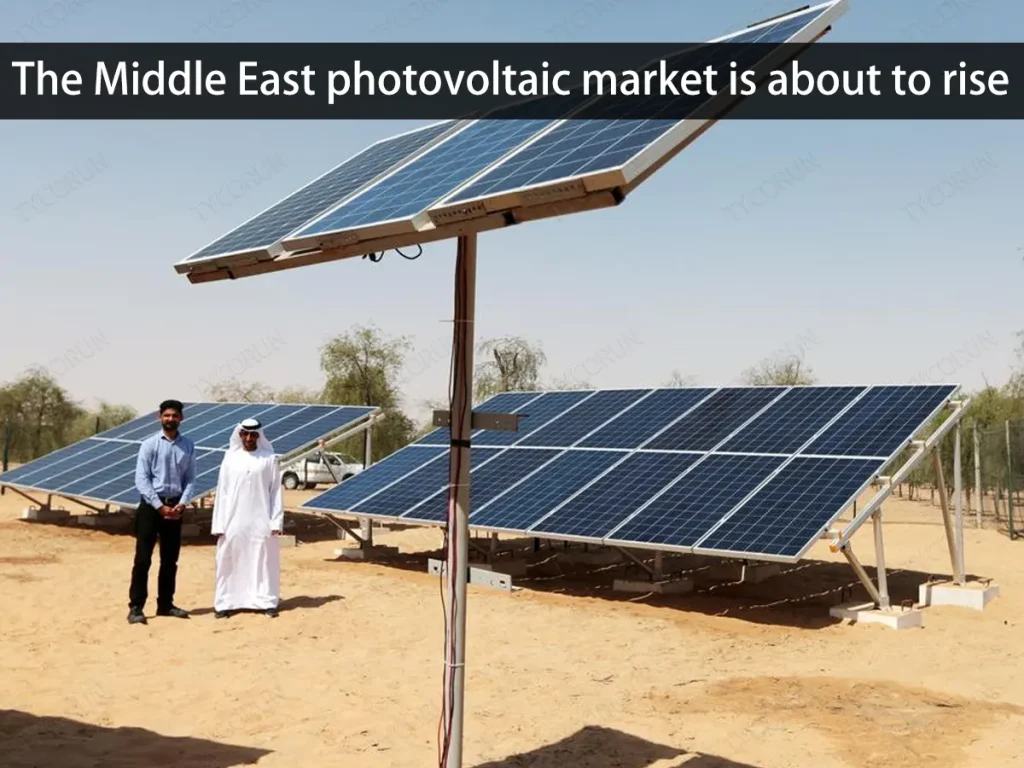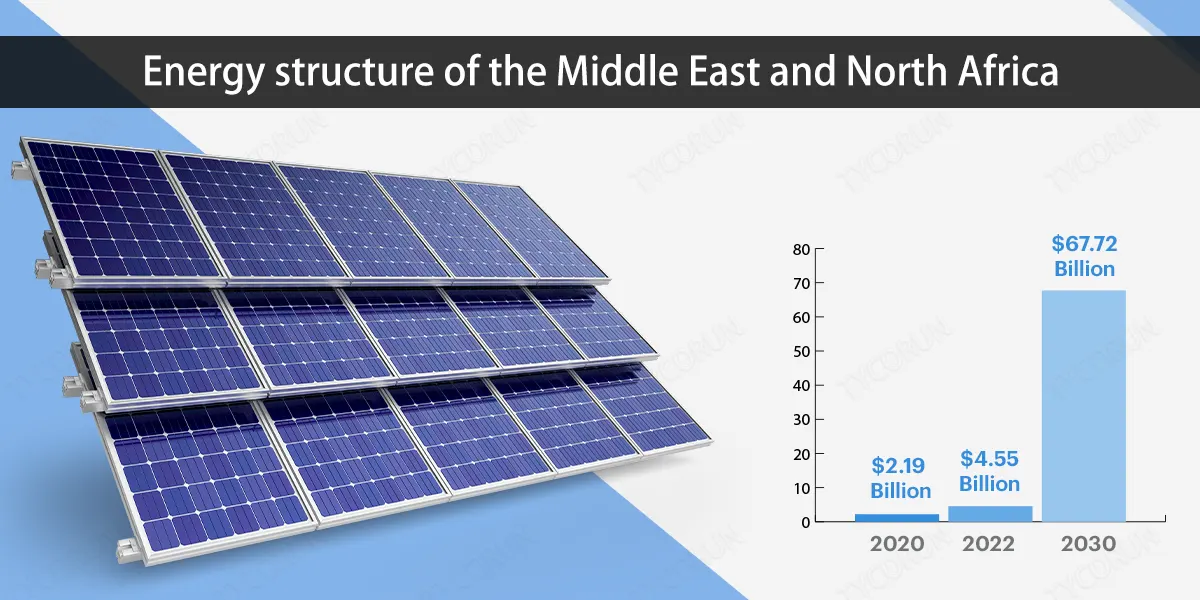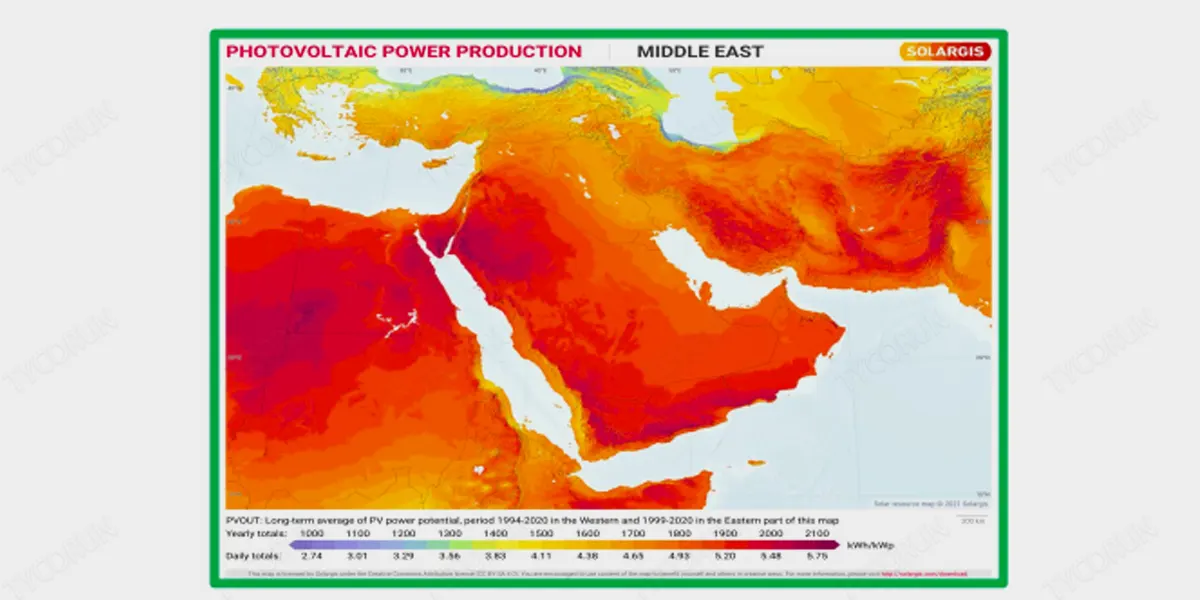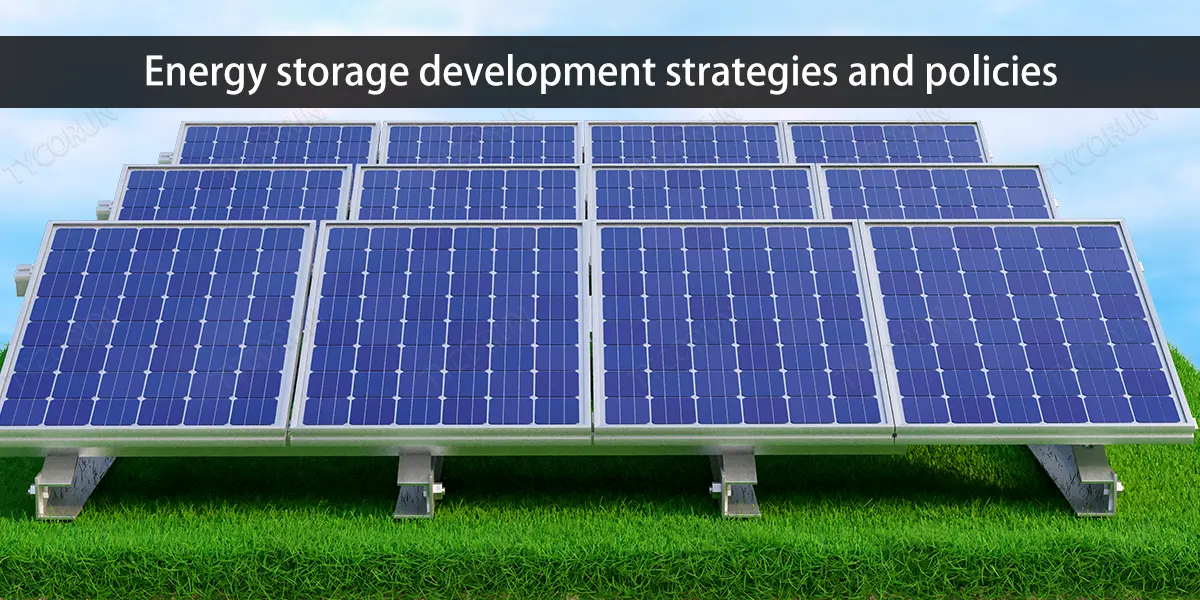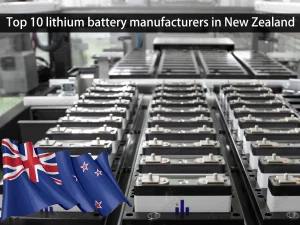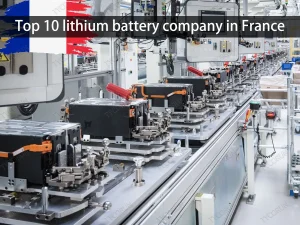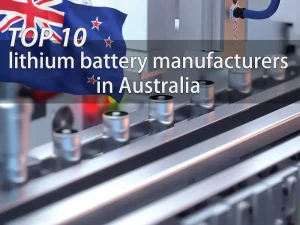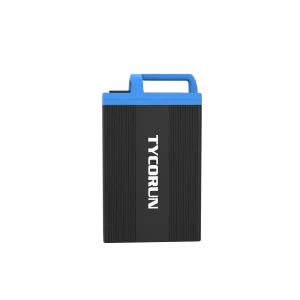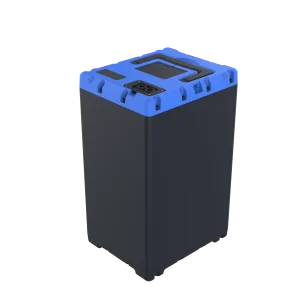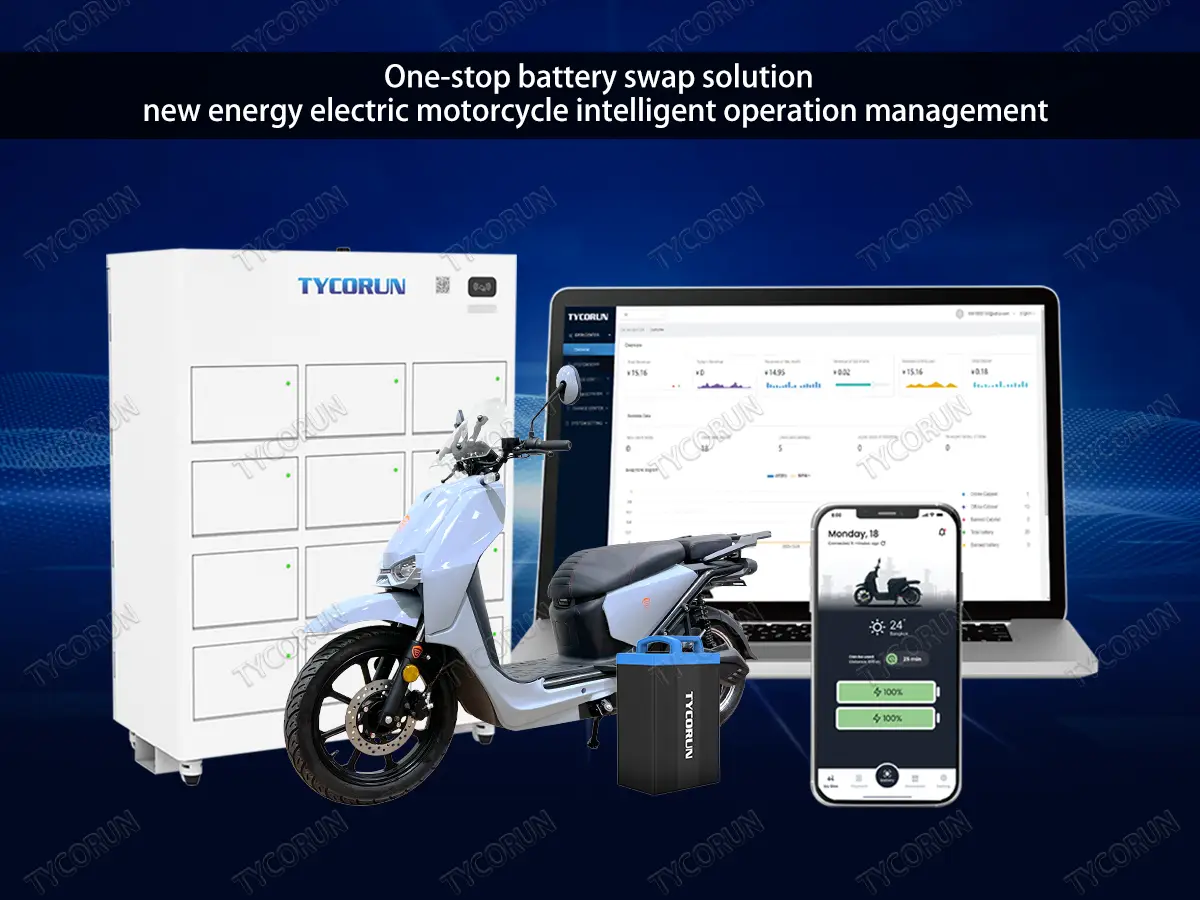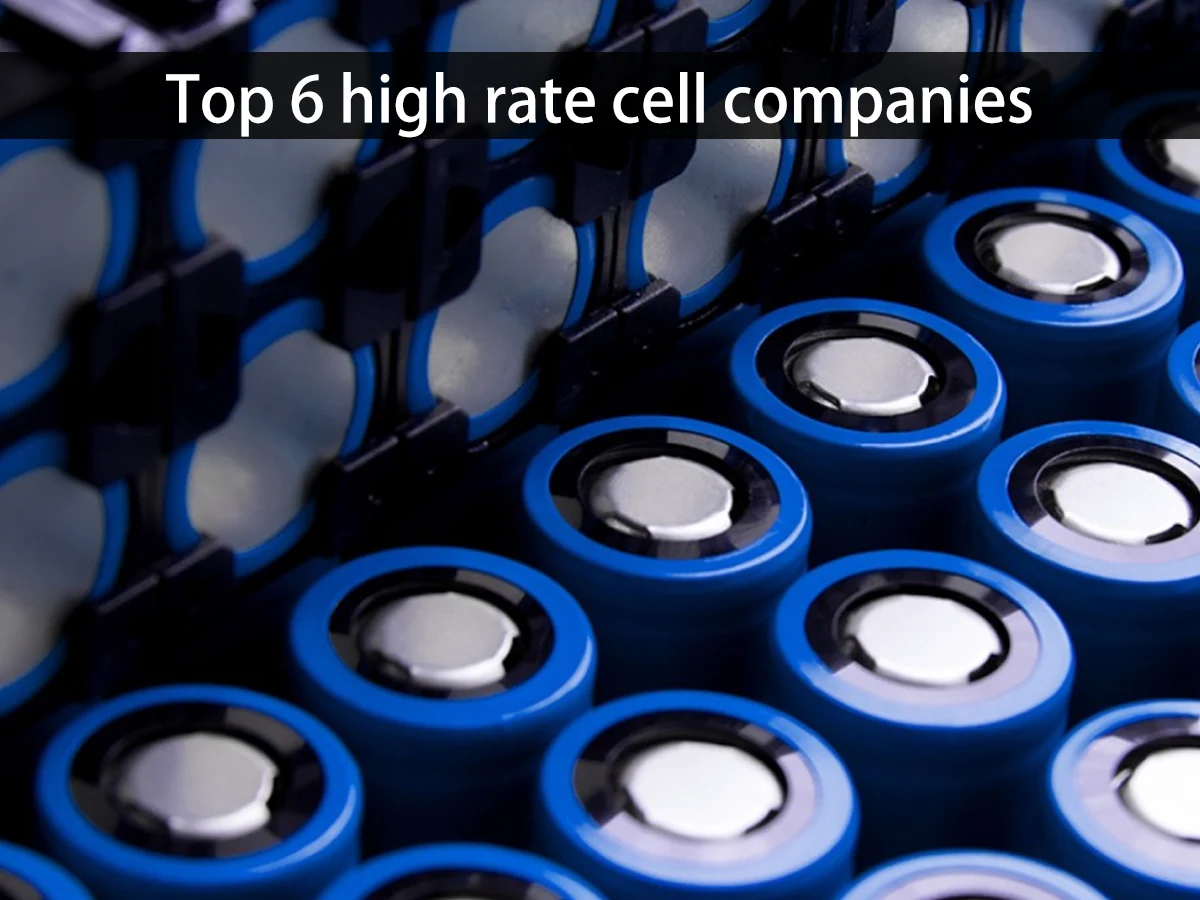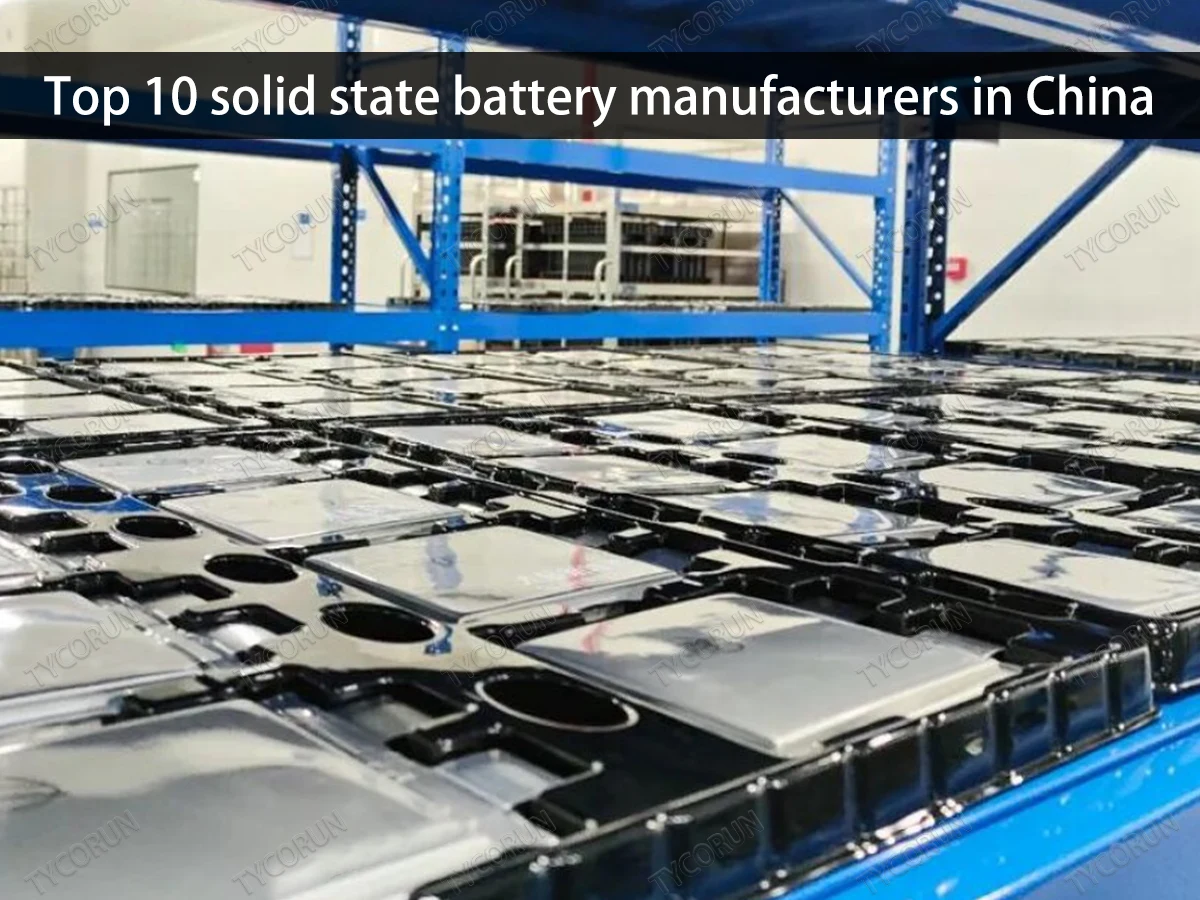Home » battery industry » The Middle East photovoltaic market is about to rise
The Middle East photovoltaic market is about to rise

Energy structure of the Middle East and North Africa
At present, the Middle East and North Africa still rely mainly on traditional energy power generation, and its energy structure has the following characteristics:
1. The energy structure is single, with traditional energy power generation dominating.
The Middle East is known as the “world’s oil treasure house” and is very rich in oil and natural gas resources. At the same time, due to the shortage of coal resources and the large amount of renewable energy that has not yet been developed, the current power structure in the Middle East and North Africa is mainly based on traditional energy generation, with wind power, renewable energy sources such as hydropower and photovoltaic power generation account for a low proportion. Taking the United Arab Emirates as an example, fossil fuels still account for an important component.
2. Renewable energy power generation has attracted attention from all countries and has good future development prospects.
In recent years, countries in the Middle East and North Africa have begun to pay attention to the adjustment of domestic energy structure, have launched renewable energy development plans, and increased their support for renewable energy sources such as photovoltaics and hydropower in terms of policies and funds. Among the five North African countries, since the region is very rich in wind and solar energy resources, all countries have promoted domestic photovoltaic and wind power projects as the main means to promote their own energy reforms.
Photovoltaic development in the Middle East and North Africa
The Arabian Peninsula has sufficient lighting conditions and excellent natural endowments, making it suitable for the development of photovoltaics. Taking Saudi Arabia as an example, it has 2,500 hours of sunshine per year, high temperatures and little rain all year round, making it one of the sunniest countries in the world.
As of the end of 2022, the cumulative installed photovoltaic capacity in the Middle East exceeds 13GW. Driven by the wave of energy transformation in 2022, the Middle East has launched a series of green energy-related investment plans, and there is strong demand for large-scale ground projects.
Top 5 photovoltaic module manufacturers in China are accelerating their deployment in the Middle East. The market is expected to continue to grow in 2023. The decline in supply chain prices will also help promote photovoltaic development in the Middle East. It is expected that by 2030, the growth rate of solar power generation in the Middle East and Africa will reach approximately 26% per year.
Solar power has dominated the UAE’s total installed renewable energy capacity from 2017 to 2022. The UAE solar market size is expected to grow from 6.9 GW in 2023 to 15.3 GW in 2028. It is expected to increase its clean energy share to 44% by 2050.
Of the seven emirates that make up the UAE, most solar energy is concentrated in Abu Dhabi and Dubai, which are expected to account for more than 90% of the UAE’s total renewable energy capacity by 2025. Additionally, Abu Dhabi has set a target to meet more than 50% of its electricity needs through clean energy, mainly solar, by 2030, which will significantly drive the UAE solar market during the forecast period.
Middle East and North Africa Photovoltaic Strategies and Policies
The economic structures of the countries in the Middle East and North Africa are generally relatively simple, and their economic conditions are easily affected by factors such as geopolitics and international oil prices.
In order to reduce dependence on traditional energy, many countries in the region have successively formulated renewable energy development goals and accelerated the pace of energy transformation. Relevant major renewable energy policies include:
Egypt: Plans to increase the proportion of clean energy power generation to 40% of total power generation by 2035.
Saudi Arabia: Released the “2030 Vision”, which aims to achieve an installed capacity of renewable energy of 60 million kilowatts by 2030 and increase the proportion of renewable energy power generation to 50%.
Morocco: Plans to meet 50% of electricity demand with renewable energy by 2030 and 100% by 2050.
UAE: Released the “2050 Energy Strategy”, which aims to make the UAE’s energy structure 44% renewable energy, 38% natural gas, 12% clean fossil energy, and 6% nuclear energy by 2050. The total investment is expected to reach 600 billion dira. (approximately $163.7 billion).
Oman: Plans to achieve 10% renewable energy generation by 2025.
Kuwait: Plans to achieve 15% renewable energy application ratio by 2030.
Energy storage development in the Middle East and North Africa
MENA’s demand for off-grid/micro-grid energy storage applications is also gradually increasing, and these applications are mainly reflected in three countries: Oman, Lebanon and Egypt.
The 11 sites held by Tanweer Energy Solutions in Oman have built a total of 48MW of photovoltaics, 70MW of diesel power generation, and are also equipped with 28MW of energy storage projects.
Regional microgrids in many areas of Lebanon use the solar energy storage system model.
Egypt’s Sukari Gold Min is equipped with 36MW of photovoltaic and 7.5MW of energy storage systems.
Energy storage development strategies and policies
UAE: The country should deploy 300MW/300MWh battery energy storage systems within the next three years. These battery energy storage systems have a duration of one hour and are used to provide operational reserves and other grid services to improve power system operability and enhance the overall stability of grid operations.
Turkey: It has begun issuing pre-licenses for energy storage facilities supporting wind and solar energy, and is expected to issue approximately 20GW within three years. Investors are eligible to invest in renewable energy projects on a one-to-one ratio with approved storage capacity, i.e. 1MW/1MWh of wind or solar for every 1MW/1MWh of storage.
Israel: Supervise the grid connection of energy storage systems installed and photovoltaic systems with an installed capacity not exceeding 630kW. To reduce grid congestion, the Israel Electricity Authority plans to introduce supplementary electricity prices for photovoltaic systems and energy storage systems that share a single grid access point. This measure applies to distributed pv. If used for self-use rooftop pv systems, the excess power will be injected into the grid.


